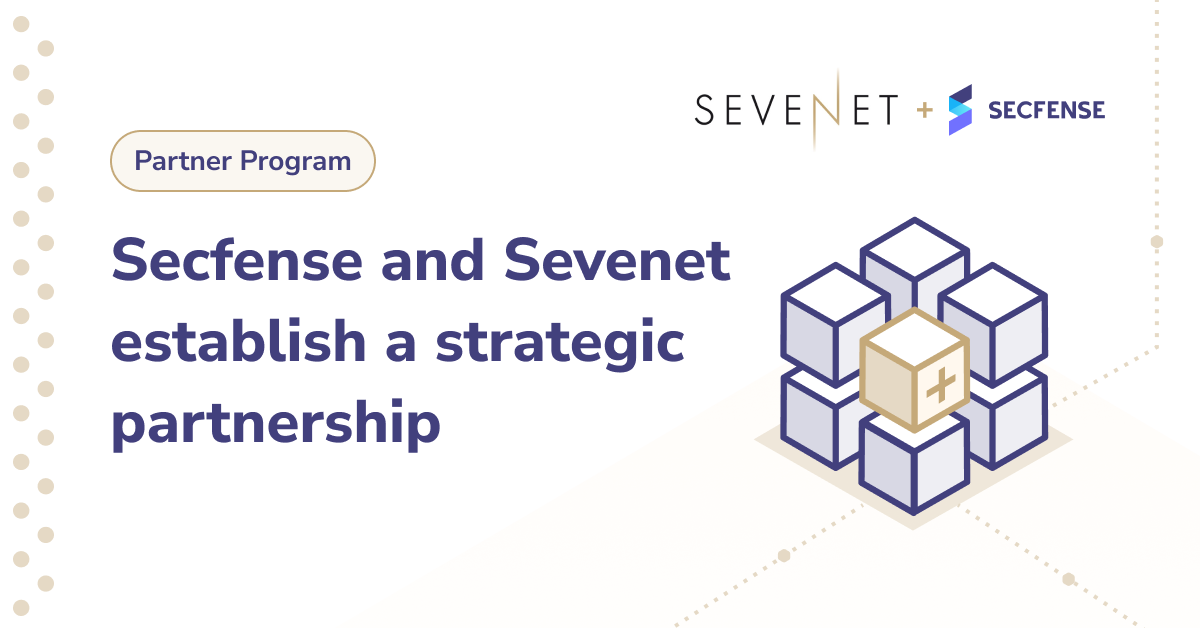Secfense, a leader in strong authentication and anti-phishing technologies, has entered into a partnership with Sevenet S.A., a renowned provider of advanced IT solutions in Poland. This collaboration will enable the introduction of Secfense Suite solutions to a wide range of enterprises and institutions that Sevenet serves.
Since 1997, Sevenet S.A. has provided IT solutions such as stable and secure LAN/WAN networks, business communication systems, and advanced Data Center and cybersecurity solutions. The company collaborates with some of the largest enterprises and institutions in Poland, offering high-quality services in the design, implementation, and maintenance of advanced IT systems.
Founded in 2018, Secfense allows companies to easily add strong, passwordless authentication without needing to change existing systems. Secfense technology works with any application, making the implementation of strong authentication simpler and more cost-effective. As the need for enhanced security grows, Secfense helps protect digital identities on a large scale without requiring complex modifications to existing systems.
“Partnering with Secfense is another step in the development of our cybersecurity offerings. With this technology, we can offer our clients effective protection against phishing threats and credential theft,” said Rafał Chomicz, CEO of Sevenet S.A.
“Sevenet is an experienced partner who understands the needs of its clients. We are pleased that through our partnership, Secfense technology will help protect some of the largest enterprises and institutions in Poland,” added Tomasz Kowalski, CEO and co-founder of Secfense.
As part of the collaboration, Sevenet specialists will undergo certification in Secfense technology, allowing them to independently implement strong authentication solutions for their clients.
Thanks to this partnership, organizations using Sevenet’s services will have the opportunity to implement secure, modern authentication methods that not only enhance security but also meet regulatory requirements, such as the NIS 2 Directive or the DORA regulation.
